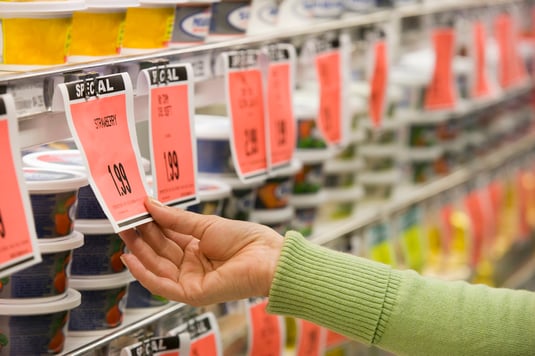 As university life picks up speed, maintaining a balanced diet can often fall by the wayside. Between classes, study sessions, and social activities, it’s easy to grab whatever is convenient. However, good nutrition is essential not only for keeping your energy levels up but also for enhancing your academic performance, supporting mental focus, and maintaining overall health. Here are some practical tips on stocking your dorm or apartment with nutritious, affordable, and convenient foods.
As university life picks up speed, maintaining a balanced diet can often fall by the wayside. Between classes, study sessions, and social activities, it’s easy to grab whatever is convenient. However, good nutrition is essential not only for keeping your energy levels up but also for enhancing your academic performance, supporting mental focus, and maintaining overall health. Here are some practical tips on stocking your dorm or apartment with nutritious, affordable, and convenient foods.
Power Up with Protein
Protein is key for staying full and supporting muscle recovery, especially if you’re hitting the gym. Here are a few budget-friendly, protein-rich foods that are easy to store and prepare:
-
Greek Yogurt: A versatile, protein-rich option, Greek yogurt is great for breakfast or a post-workout snack. Choose plain varieties to avoid added sugars, and mix in fresh fruit or granola for added flavor and nutrients.
-
Canned Tuna or Salmon: These are affordable, shelf-stable sources of protein. Mix with light mayo, mustard, and veggies for a quick meal, or stuff into a whole-grain pita.
-
Eggs: Eggs are a cost-effective protein source. Hard boil a batch at the start of the week for easy grab-and-go snacks, or cook up an omelet loaded with veggies for a nutritious meal.
Color Your Plate
Including a variety of colorful fruits and vegetables in your diet ensures you’re getting a range of vitamins, minerals, and antioxidants. Here are some options that are easy to keep on hand:
-
Baby Carrots and Hummus: A crunchy, satisfying snack that pairs well with hummus, which also provides a bit of protein and fiber.
-
Frozen Berries: Just as nutritious as fresh, frozen berries are perfect for smoothies, yogurt toppings, or thawing for a quick snack.
-
Spinach and Mixed Greens: Pre-washed greens are a convenient base for salads or can be added to sandwiches, wraps, or smoothies for an extra nutrient boost.
Quick and Easy Meal Ideas
When time is tight, having simple meal options can help you avoid less healthy choices:
-
Overnight Oats: Combine rolled oats with Greek yogurt or milk and add your favorite toppings like nuts and berries. Prepare it the night before for a quick, ready-to-eat breakfast.
-
Protein Smoothies: Blend protein powder, spinach, frozen berries, and a banana with milk for a quick, nutritious meal.
-
Whole-Grain Wraps: Keep whole-grain tortillas on hand for easy wraps. Fill with lean protein like turkey, mixed greens, and veggies, and add a spread of hummus or avocado for healthy fats.
Budget-Friendly Tips
Eating well on a budget is possible with a few smart strategies:
-
Buy in Bulk: Bulk items like oats, rice, and nuts are often cheaper and can be stored for long periods.
-
Shop Seasonal Produce: Seasonal fruits and vegetables tend to be less expensive and more flavorful. Check out local markets or the produce section for deals.
-
Frozen Options: Frozen fruits and vegetables are often more affordable than fresh and retain their nutritional value. They’re perfect for quick, healthy meals.
By keeping your dorm or apartment stocked with these nutritious, budget-friendly options, you’ll be better prepared to fuel your body and mind for the demands of university life. Remember, healthy eating doesn’t have to be complicated or expensive—a little planning can go a long way.
For more nutrition, overall health, and fitness tips, be sure to subscribe to our blog!


 With inflation at a 40-year high and grocery costs up close to
With inflation at a 40-year high and grocery costs up close to 
 Every day Americans waste a lot of food. One statistic states that we throw away up to 40 percent of the food that is purchased! This is usually due to the fact that even though food costs are rising, no other nation spends less on the food supply. Since food is so abundant, especially with the warehouse options like Costco for grocery shopping, it makes it easier to not value the food and therefore toss more in the trash.
Every day Americans waste a lot of food. One statistic states that we throw away up to 40 percent of the food that is purchased! This is usually due to the fact that even though food costs are rising, no other nation spends less on the food supply. Since food is so abundant, especially with the warehouse options like Costco for grocery shopping, it makes it easier to not value the food and therefore toss more in the trash.